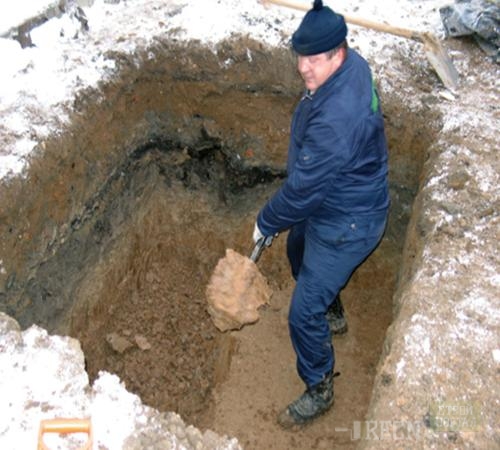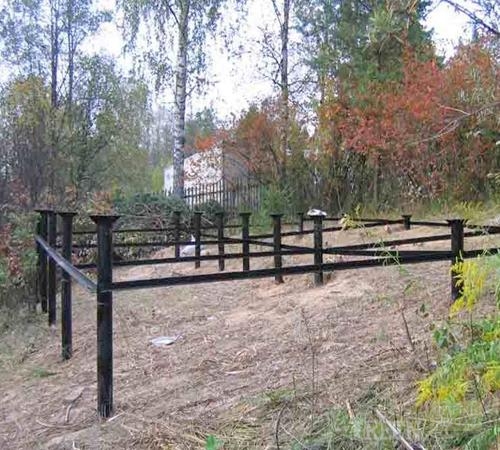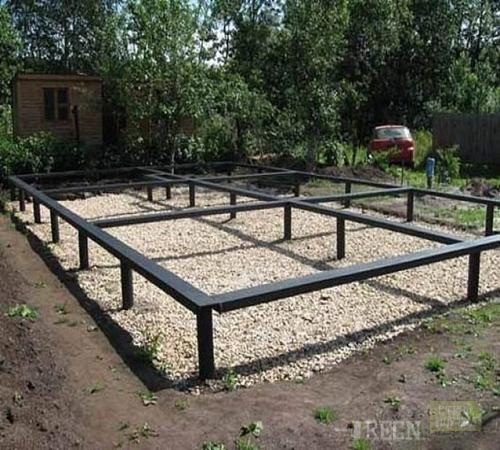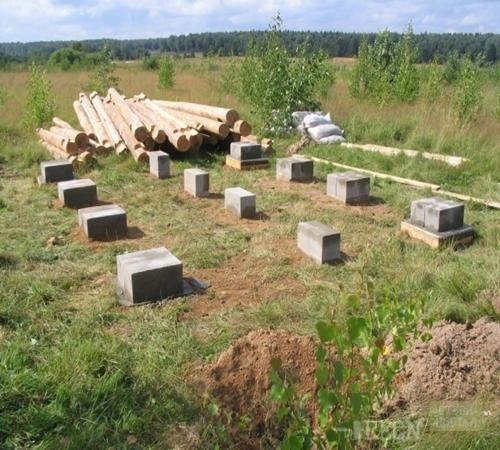
Pit or pitted under the foundation for the bath. How to make the right choice Baths, saunas and pools
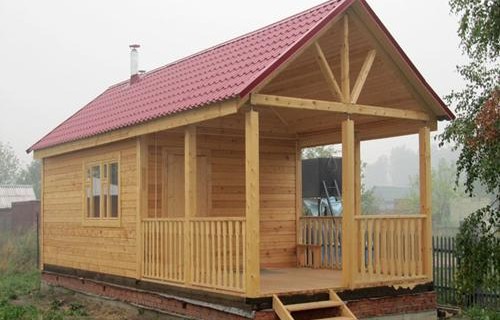
When building a bath on the territory of his own home ownership, the first stage of work is a digging of the basement under the foundation. Moreover, how correctly this task is performed, the service life and reliability of the entire construction depends.
Content
Stages of work
Digger pit under the foundation consists of three stages:
- soil development;
- her movement;
- laying and rambling.
The stability of the support depends on the quality of all these works, which means the bath itself. Rye pit and the construction of the foundation is an important part of the building process. According to statistical studies, all earthworks amount to 15-20% of common labor costs. The process of digging the battery for the bath is as follows:
- first of all, you need to clear the site: remove the garbage, branches, sticks, disassemble old communications if they are, etc.;
- conducting a geodesic study: determining the density and other characteristics of the soil, examination for groundwater;
- marking on the site, depth planning and sizes for a bath. Marking should be done very carefully, with maximum accuracy so that all further operations have success;
- next, proceed directly to the digging process using special technical means. It is better to do this in the spring-summer season, when the soil is soft and well give up to digging. Attract equipment should be attached from the size of the site and the depth of the foundation under the bath, in other words, on the amount of soil, which will need to dig and move. There are excavators of different sizes and dump trucks of various lifting capacity, so before hiring them, you need to decide on the volume of work;
- it is also necessary to remember that part of the extracted soil will be used in the construction process, so it is necessary to export it not all. What kind of quantity will be removed, and how much you should also estimate in advance;
- if the foundation for the bath will be erected near other buildings, then the pit should be deeper. But at the same time it is necessary to take into account that with increasing depths, more load on the walls becomes.
Types of foundation for baths and soil features that affect the choice of each of them
Relying on the data of the analysis of the terrain and the state of the soil, which was mentioned above, the choice of one of the existing types of foundation is made:
- monolithic plate. Such foundation is built in the presence of a very complex type of soil and adverse weather conditions;
- ribbon foundation, choose, if the soil on which construction will be carried out, very wet or bulk;
- screw foundation. This type of foundation is preferable if the area is uneven and in height there are significant differences, as well as groundwater grounds not far from the ground;
- foundation on piles. If the soil is not dense and requires a great gluke, this type of foundation is used, because Piles are based on a deeply occurring layer of land;
- the pile-screw foundation is used when there are peatlands and flooded on the construction site;
- buried foundation is advisable to build where there are slopes and unreliable soil;
- a columnar foundation is erected if small gravel or clay is present in the soil.
Drive for different types of foundation
- Ribbon foundation. Trench dripped under it. There is a markup on the place of the future building, and for digging or hire special equipment, or digging manually. At the time of the start of work, you must have a ready-made project of construction in your hands, because To determine the width of the trench, it is necessary to know the width of the walls of the bang. It can be in different places in different places in the event that the area is uneven. It also depends on the load that will fall on the foundation and from the soil shrinkage. On average, this parameter is 1 m. After the trench is ready, it is necessary to align the bottom and sides, if it is possible - cut down the roots of trees, resting in it. It is desirable that they do not reach the trench of about 2 meters.
- Foundation column. Under such foundation, the pit is also digging or by hand, or with the help of equipment. Digger manually is a more laborious process, but the result is much careful. The depth and width of the pit should be 20-30 cm exceed the same parameters at the foundation. At the bottom of it, the layer of gravel and sand is poured, which should be well tumped and moistened.
- Burious foundation. It consists of piles manufactured directly in special pits. They are made a brown and each depth should exceed the level of soil freezing. Next, a metal pipe is inserted into each pit and poured concrete.
- Monolithic plate. Drive under it has a depth of only 50 cm, but a mandatory requirement for it is perfectly even, horizontal bottom. If a pit was formed during the digging process, it could not be filled with the earth, they will have to equal to all the bottom. After the digging is over, the bottom is thoroughly tamped and covered with geotextiles. Next, the gravel and sandy layers are well compacted, between which the geotextile layer is also laid.
- Pile foundation. Under it, as well as in the case of a boronabivinal foundation, the wells are placed, which are then poured with concrete. Piles are installed around the perimeter of the future structure. The depth of wells depends on the dimensions of the subject. Manually, using a garden drill, you can deepen no more than 5 m, if in your case it takes a great depth, you will have to rent a special equipment.
- Screw foundation. The pits do not rot on it and do not bludge well. For the arrangement of such a foundation, pointed pipes are used, which are simply screwed into the ground. Due to the drops at the height of the depth of screwing, at different points of the site can be significantly different. The main goal is to create at the top of the smooth, horizontal surface.
- Pipe-screw foundation. Such a foundation consists of screw piles, which are screwed into the ground like the previous option. But these piles have additional strapping.




